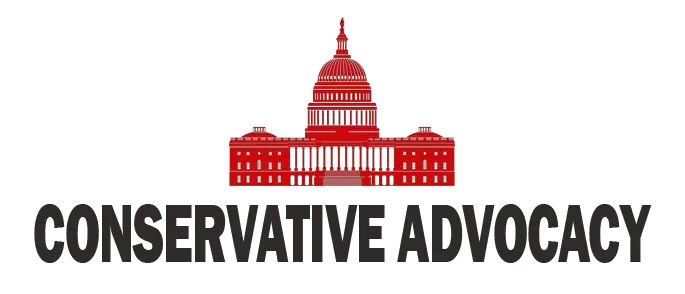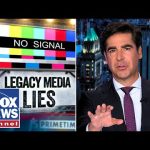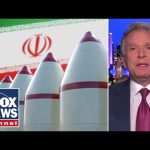In a world where the word “peace” gets tossed around like a beach ball at a summer picnic, the NATO summit happening in the Netherlands is anything but serene. While President Trump is racing to secure a peaceful resolution to the ongoing conflict between Russia and Ukraine, NATO leaders are singing a different tune, one that sounds a lot more like war drums echoing through the air. It’s a surreal scene, with tensions rising and billions being pledged to an increased military presence that may just push us closer to the edge of a global conflict.
Leaders at the summit, many of whom have never donned a military uniform, appear to be fanning the flames of aggression. With President Zelensky at the helm of rhetoric, warning that Russia’s ambitions are broadening beyond Ukraine and could soon encroach on NATO territory, there is a palpable sense of urgency in the air. Pledging a staggering 5% of GDP to defense spending, Zelensky’s demands come with an underlying threat that such military preparations are not just crucial but also a necessity to combat what he describes as Russia’s growing “illusion of conquest.” It’s like watching a magician perform a disappearing act, but with a lot more at stake—like peace and the lives of our children.
As the NATO summit progresses, reports suggest that this is not diplomacy; it’s deliberate provocation shrouded in the guise of protection. Zelensky isn’t just singing for his supper; he’s rallying the troops for what he claims is a moral crusade against a besieging Russia. Yet, the irony is thick in the air—while NATO leaders rally for military support, many industries in their respective countries are inadvertently feeding the very machinery of war they seek to dismantle. It’s a complicated web of alliances, provocations, and moral high ground, where the cost of inaction could lead to spiraling consequences.
With NATO seeking deeper integration, an irreversible path to including Ukraine may soon become a reality. But this insistence on military entrenchment raises eyebrows and warns of a precarious situation. American taxpayers are left to wonder if they’re being asked to foot the bill for a billowing war chest while infrastructure back home crumbles to dust. It appears the light of common sense has dimmed in favor of the siren song of globalism and military glory.
As if this tense situation weren’t enough, the continuous pledges for military buildup evoke the image of a dangerous arms race. With President Trump poised to arrive at the summit, he carries a different message—one of hope and peace. Where NATO leaders appear ready to rush headlong into confrontation, Trump advocates for dialogue. In a world where combat chatter dominates the airwaves, perhaps it’s time to reconsider whether the path to security is lined with weapons or wisdom.
In conclusion, as NATO leaders gather and strategize over high-stakes political chess moves, the reality remains that every promise of conflict brings us a step closer to the brink. With President Trump advocating for peace, the need for strategic diplomacy has never been clearer. The question remains: will leaders learn from the past to avoid the pitfalls of history, or are we doomed to repeat the mistakes of yesteryear? Peace may still be possible, but it requires clarity and a commitment to engaging with – not antagonizing – the powers that be. So, as we watch the drama unfold on the world stage, it’s essential to ask ourselves: how do we want to navigate this tumultuous journey?




